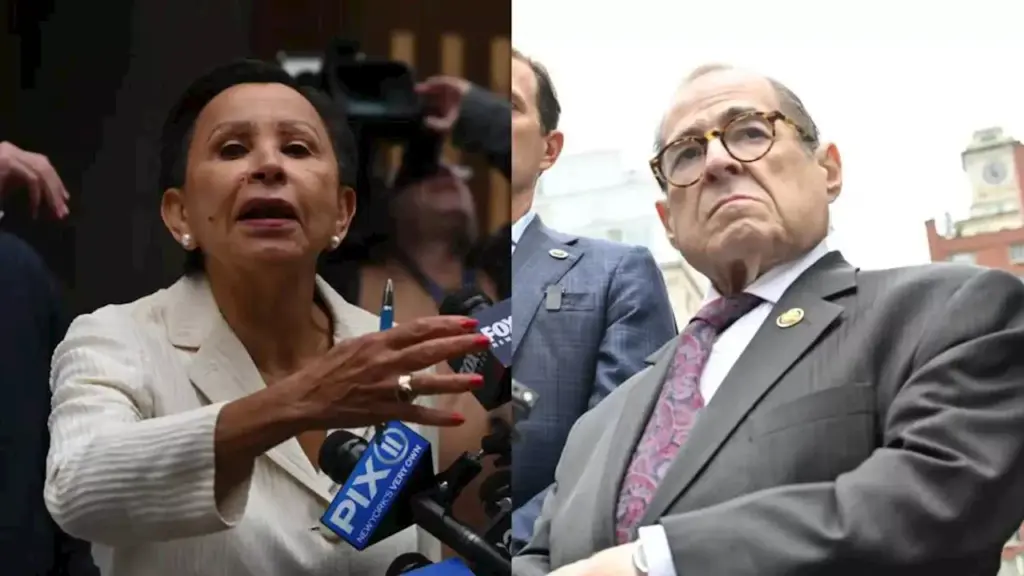
A significant shift is occurring within New York City’s largely Democratic congressional delegation as veteran members announce retirements or prepare for primary challenges ahead of the 2026 elections. Notable figures such as U.S. Representatives Nydia Velázquez and Jerry Nadler, both long-serving lawmakers, are stepping aside, opening the door for a new generation of leaders.
Velázquez, who has represented parts of north Brooklyn and western Queens for over three decades, recently confirmed her decision to retire. In her statement, she expressed, “I love this work and I love my district, but I believe now is the right moment to step aside and allow a new generation of leaders to step forward.” This sentiment reflects a growing trend among seasoned politicians who recognize the need for younger voices in the political arena.
Nadler, aged 74, has similarly decided to step down, confirming his support for Assembly Member Micah Lasher as his preferred successor. Lasher is part of a wave of candidates, many from the millennial or Gen Z demographic, who are eager to take on leadership roles. This generational shift highlights a broader internal struggle within the Democratic Party, which has seen increasing challenges from younger, left-leaning candidates.
Political strategist Camille Rivera notes that the current ages of New York’s congressional delegation indicate a necessity for change. “We have a lot of Congressional leaders and electeds that are older and are taking into consideration when it’s time for them to move on,” she stated. Both Velázquez and Nadler have cultivated a bench of younger politicians who are prepared to continue their work, ensuring that Democratic strongholds remain well-represented.
The Democratic Party’s internal dynamics have been influenced by the national political landscape, particularly following Donald Trump‘s presidency. The challenges faced by Democrats in the minority under Trump have prompted some incumbents to reconsider their roles. Political scientist John Mollenkopf suggests that the current climate makes it increasingly difficult for long-standing members to maintain their positions. “Why would you want to persist in a job where all your past efforts have been stymied and the future doesn’t look immediately promising, especially when you’re in your 70s?” he asked.
As the 2026 midterms approach, the emergence of younger candidates marks a vital shift in the party’s strategy. Former head of the state Democratic Party, Basil Smikle, remarked on the importance of this generational transition. “It’s crucial for the party to not only capture the enthusiasm and momentum from these young voters but also to have more elected officials that represent their interests,” he explained.
The potential for primary challenges against incumbents is seen as a healthy development for democracy. Mollenkopf emphasized that while it may be unlikely for a newcomer to unseat a well-established figure, the competition will stimulate necessary discussions about the Democratic Party’s direction and responsiveness to its constituents.
With Velázquez and Nadler’s retirements, New York City is poised for a significant transformation in its congressional representation. This evolving landscape reflects not only the changing demographics of the electorate but also the shifting priorities within a party grappling with its identity and future direction. The upcoming elections will likely serve as a litmus test for how effectively the Democrats can engage younger voters and adapt to their needs.







